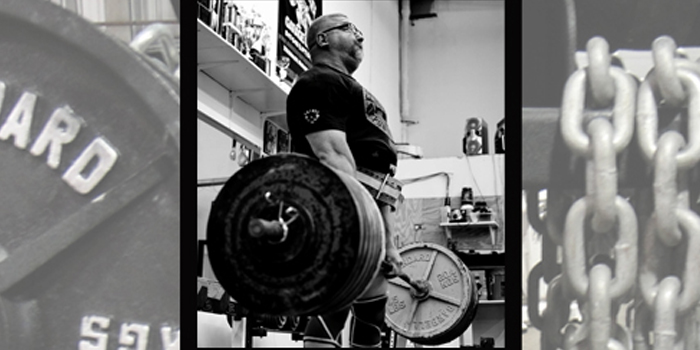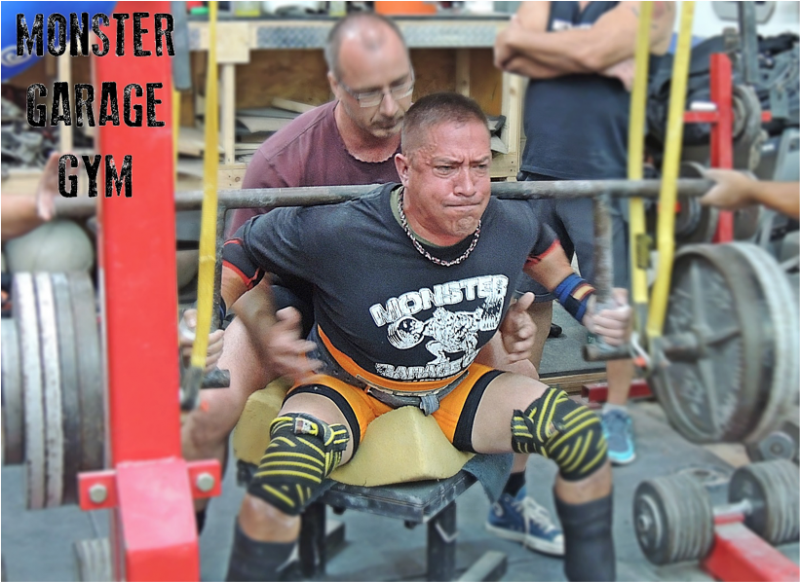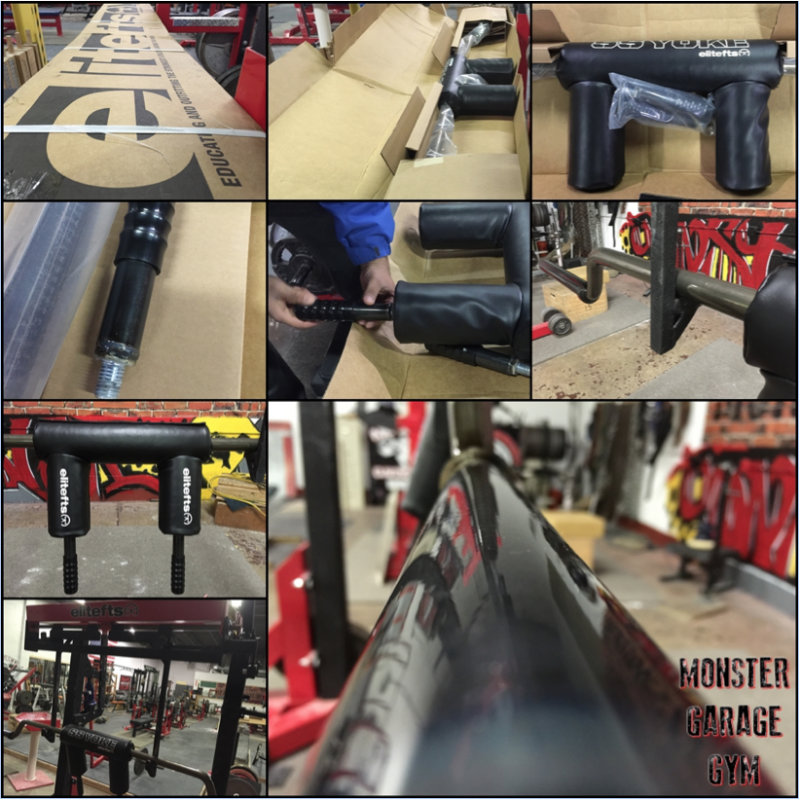
Are you old enough to remember the television commercials for Reese’s Peanut Butter Cups?
Mmm, peanut butter cups.
You know, where a guy walking with the jar of peanut butter literally bumps into the guy that just happens to be walking while eating a chocolate bar. Anyway, they collide and part of the chocolate bar goes into the peanut butter, and the peanut butter gets on the chocolate bar and lo and behold, the two guys each eat the combined chocolate and peanut butter and realize that these two ingredients are great together.
I was looking at some of the articles I have put out as well as some of the coaching logs and thought what if I put some of the elements of the logs with an article, as like the Reese’s, perhaps they might go well together.
My coaching logs always contain a HD video illustration of the lesson or the purpose of the coaching log, as each individual coaching log has an educational purpose to it for those who are followers of our coaching logs.
With that said, I am combining video footage with this written article thus making what I am coining as a “varticle” as when it comes to some subject matter, in this case, specialty bars, seeing something in action, in addition to having it described in writing makes the topic at hand of more understandable and I hope of more value.
All that being said, the purpose of this varticle is too give those of you who are taking a serious look at a specialty bar, specifically a SS Yoke Bar and/or Rackable Cambered bar, a little more insight into these training tools. Sometimes it is tough to pull the trigger and spend your hard earned money on equipment that you are not really sure about. This is an especially true reality for the garage gym guys/gals reading this. You only have so much money in your equipment budget and nobody wants to waste precious financial resources for something that you think might be of value for your training or your team’s training, but you don’t really have the information to make the final decision to make that purchase. I know what that feels like, as that is where the Monster Garage Gym started: in a 2.5 car garage.
WATCH: How To Properly Use the SS Yoke Bar
Each purchase for the Monster Garage Gym was and still is very carefully thought out because a powerlifting gym and having money for equipment are nearly mutually exclusive things. Thus, my hope is after reading this varticle and seeing the included videos, you will have enough information to make a decision about these specialty bars.
Having said all that, your case may be that you are at a gym where either or both of these essential bars are available, but you are the only powerlifter at the gym and you are not quite sure about the reason or purpose for either one. In that case, this varticle might also be of use to you as well.
The reason I choose to hone in and focus on these two specific bars is that at the Monster Garage Gym we get a good chunk of emails inquiring about our training videos and a good majority of the inquires about our equipment are questions about our use of these two bars, what we like about them, the details about the bars, etc. Thus I am using this forum of an varticle to share with you what I have Lived, Learned and am Passing On about these bars and how they can positively impact your training. So, with all that said, let’s jump right into it…..
You will find two videos below, one for the Rackable Cambered Bar and one for the SS Yoke Bar. But before you get to the videos, in bullet point are some aspects to these two bars as a general overview. With these points in mind, you will see in more detail the features of the bars when viewed in action during Monster Garage Gym training sessions videos included.
The Rackable Cambered Bar
Rackable cambered bar features:
- The RCB has no free-moving bar sleeves. In other words, there is no rotation of the sleeves like you would have on your traditional squat bar, as there are no rotating sleeves. Why? Because this bar is one solid piece, thus the entire bar moves as one piece, thus causing a slight pendulum swing during the squat which is an integral part of this bar’s usefulness. This is a huge plus for this bar as it requires the powerlifter to have to become even tighter and more stable in order to control the bar while driving out of the hole or off of a box.
- The RCB has two unique areas for hand placement: the perpendicular area and the lower horizontal area of the bar. This too is a major plus as in either case, your hand placement (which is far below your shoulder than it would be on a straight bar) puts exponentially less stress, tension and torque on the shoulders thus allowing you to squat even when you have shoulder issues from either your bench training, too much straight bar squatting, or a shoulder injury in general.
- Like the standard squat bar, with the RCB, you can use any type of accommodating resistance with this bar, be it bands or chains or a combination of both. You can place the bands over the plates to add to the tension at the top.
- The weight is located far below your shoulders with the RCB, thus a different center of gravity is created. The advantage to this is that this requires the lifter to have to be tighter to accommodate the pendulum type of motion that the weight loaded on the bar can cause. Building all of these ancillary areas of the squat via the RCB will serve you well as their development will directly benefit your straight bar squat.
- In addition to the squat, this specialty bar can also be used as an auxiliary bench press bar. The lower portion of the bar carrying the weight means there is a slight wobble to the bar when pressing, so the lifter needs to remain very tight while pressing this bar. As you work to keep the swing to a minimum, your bench stroke becomes more deliberate and will force you to stay much tighter than you would have to be on a straight bar with the same weight. Although the movement is nothing like chaos bench movement, the concept is similar and this bar is a great supplemental movement to your bench program. As you have to control the bar, the rep pace is slower and more deliberate, the rep range is a little higher, and there is a significant “pump” from this motion.
- When benching with this bar, the area to grip the bar is also thicker than a bench bar and additionally, the distance for your hand position is a closer grip distance. Both features create unique advantages to this as a bench-type bar for assistance bench work, as well as protecting the pecs as there is less emphasis on the pec and shoulder. For banged up pecs, this is a safer alternative as well.
- For both the squat and the bench, the RCB is a tool that is often rotated into our squat and bench training as there are nuances to utilizing this bar you cannot replicate with a straight bar.
- Lastly, there is a good deal of assistance work we also use the RCB for such as good mornings, rope suspended good mornings, yoke style work, etc.
Bottom line, this is a bar that we use very frequently and has become a staple to the lifters at the Monster Garage Gym regardless of the program they are following, regardless if they are training RAW or with gear and regardless of their strength level as both our 325-pounds and 1025-pounds squatters depend on this bar for the purpose of improving their squat and for supplemental bench work.
This bar weighs in at 62 pounds and it works in a power rack as well as a monolift. There are only two downsides to this bar: one is that standard collars don’t work on the bar so you are going to want a screw type collar or some type of clamp for the end of the bar. The other is that once you get the bar, you will wish you were training with it years ago (let this issue go as you move forward).
To recap, when watching the video look for the following:
- Hand placement
- Accommodating resistance
- The slight swing of the bar
- The clamps for collars
- Bands over the weights
- How the weight is lower than the shoulders
- Thickness of the bar on the traps
- One piece design
- Alternate uses for the bar including bench work (watch for the slight pendulum swing)
The SS Yoke Bar
Safety Squat Bar aka Yoke Bar aka SSB:
- This bar, like a straight bar and like the RCB, sits on your shoulders, but the SSB has a pad in the middle and it has handles that the lifter grabs while squatting. The screw-in handles are located in front of the chest, thus take stress off of the shoulder which might be taxed from benching or too much straight bar squatting. However, what makes this bar unique from the straight bar and RCB is how it is balanced. You can nearly squat no-handed, with the bar just sitting on your shoulders. The handles just give you something to grab and squeeze.
- The handles in front vs a straight bar where you would grab with your arms in a “W” shape limit the lifter’s ability to tighten up as they would under a straight bar, so the tightness needs to come from the torso region more so than the upper back and shoulders. This is similar to the RCB but the area needing to be tighter is vastly different so the benefit is unique to this specialty bar.
- Like the RCB, you can grab the SSB in two areas: the aforementioned handles, or the horizontal area by where the plates load. That area by the plates is a few inch drop lower than a straight barbell so that is also a unique feature to this specialty bar.
- The weights are loaded lower than the shoulder area of a straight bar, but are located higher than the sleeve area on the RCB so this is truly an in-between area for the weights to be located.
- Both bands and/or chains can be used on this bar and it can be used with or without a box.
- At the Monster Garage Gym we also use the SSB with the glute ham raise for back raises, and it works as an additional movement that you will hate as much as you end up loving the results. Funny how much of our sport is like that, but that is story for another time.
- Like the RCB, the SSB is also pretty versatile as we use it for lunges, as a form of the Yoke, for good mornings, etc.
- Some of our strongman members at the Monster Garage Gym use the RCB for Conan wheel type movements.
- This bar weight about 65 pounds and we have loaded over 900 pounds for some of the 1,000-pound squatters at the Monster Garage Gym so there is peace of mind when it comes to the big weight and this bar being able to handle the weight load.
- There is no real downside to this bar besides that it is pretty awkward to store, as it is an odd shape. But that is really not an issue of concern if it makes your straight bar, competition squat go up!
To recap, when watching the video look for the following:
- Hand placement
- Accommodating resistance
- Chain location
- How the weight is lower than the shoulders but higher up than the RCB
- Thick yoke pad on the bar
- One piece design as there are no rotating sleeves on this bar either
The two separate video links above, one for each bar in action, show each of these bars during a training session. I could give you a ton more bullet points regarding each bar as well as comparing and contrasting them, but as a powerlifter, when watching the videos of the bars in action I think you will see the unique properties of each of these specialty bars. Ultimately, you know what you need to improve your squat and as you are considering one or both of these tools, we are hoping this article/video/varticle is of some use for you.
At the Monster Garage Gym we have pretty much every specialty bar and these two specific bars are bread and butter and have served us well with our raw, single-ply and multi-ply lifters as well as our strongman competitors.
Wishing you the best in your training. Ever onward.












